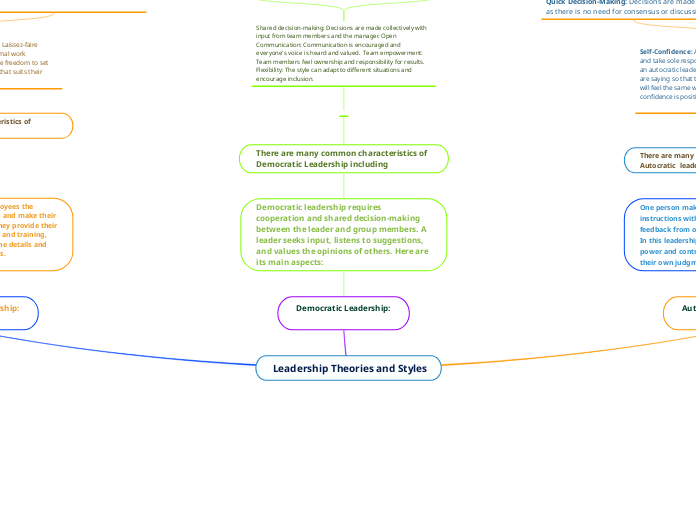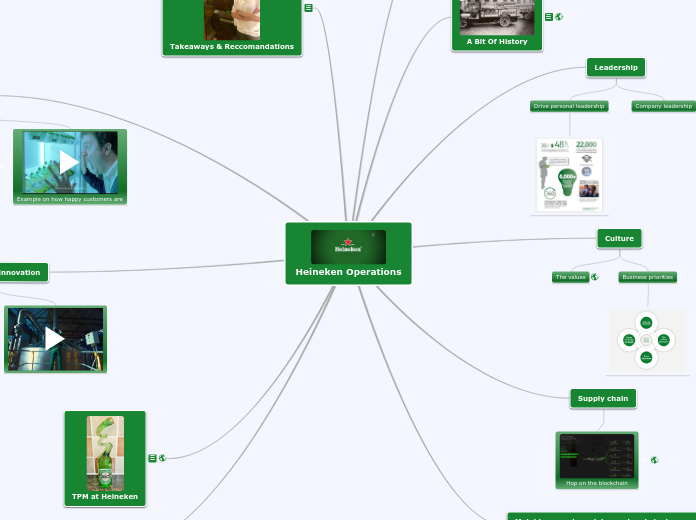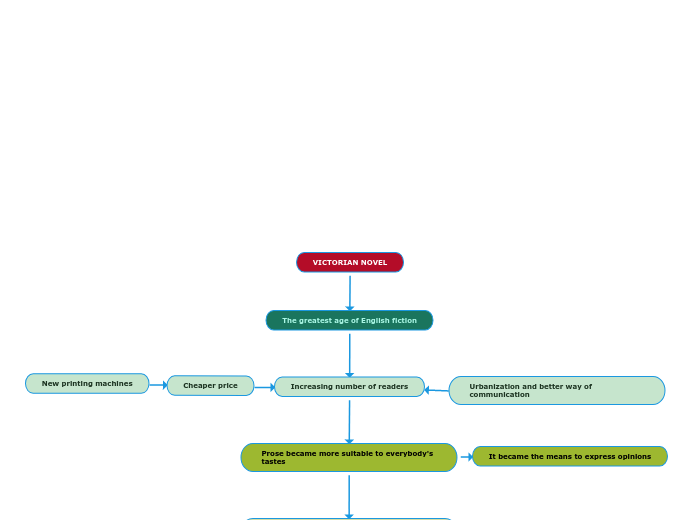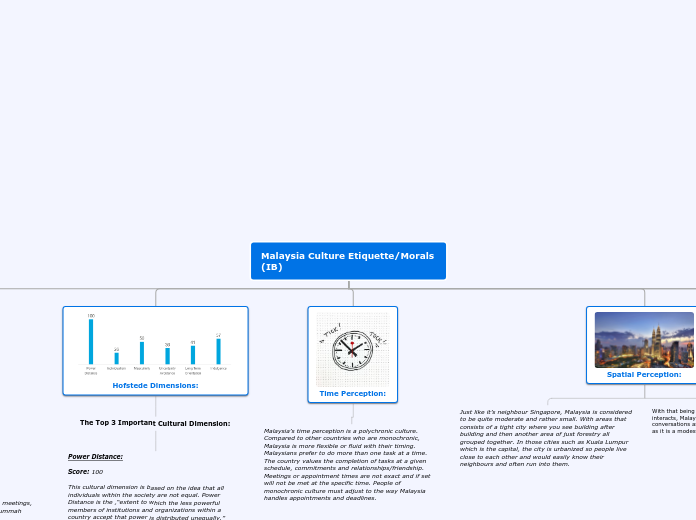da Jomana Andrih manca 1 anno
62
Leadership Theories and Styles
Laissez-faire leadership allows employees a high degree of autonomy, with managers providing minimal direction and expecting staff to handle their own tasks and issues. This style fosters a flexible, informal work environment where employees can set their schedules within certain boundaries.









